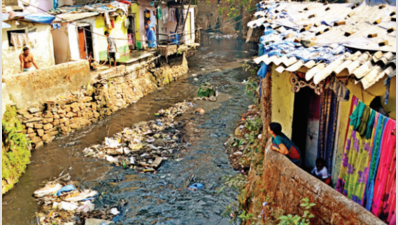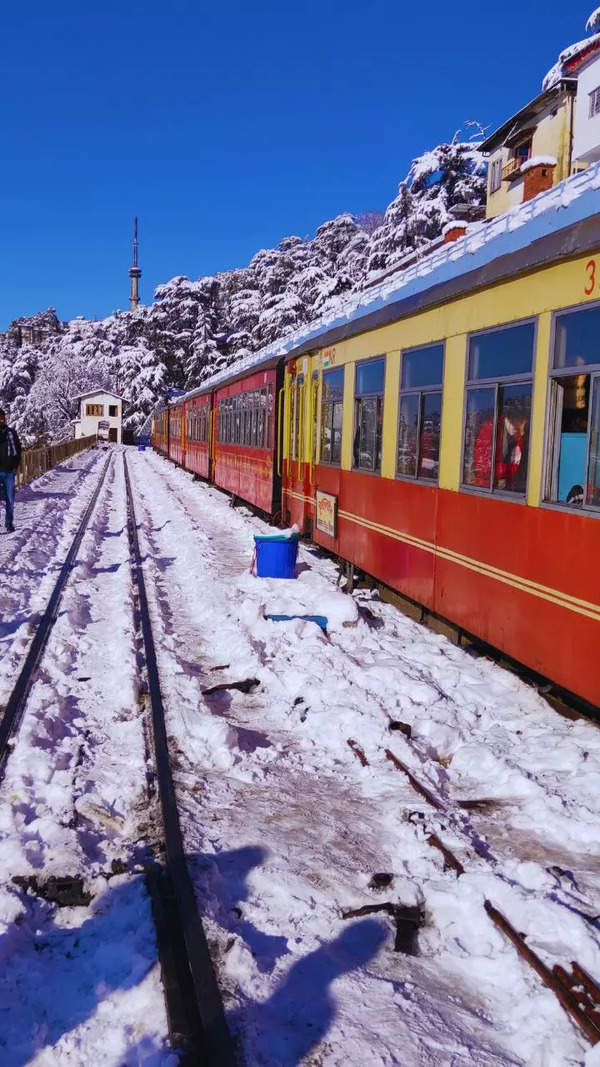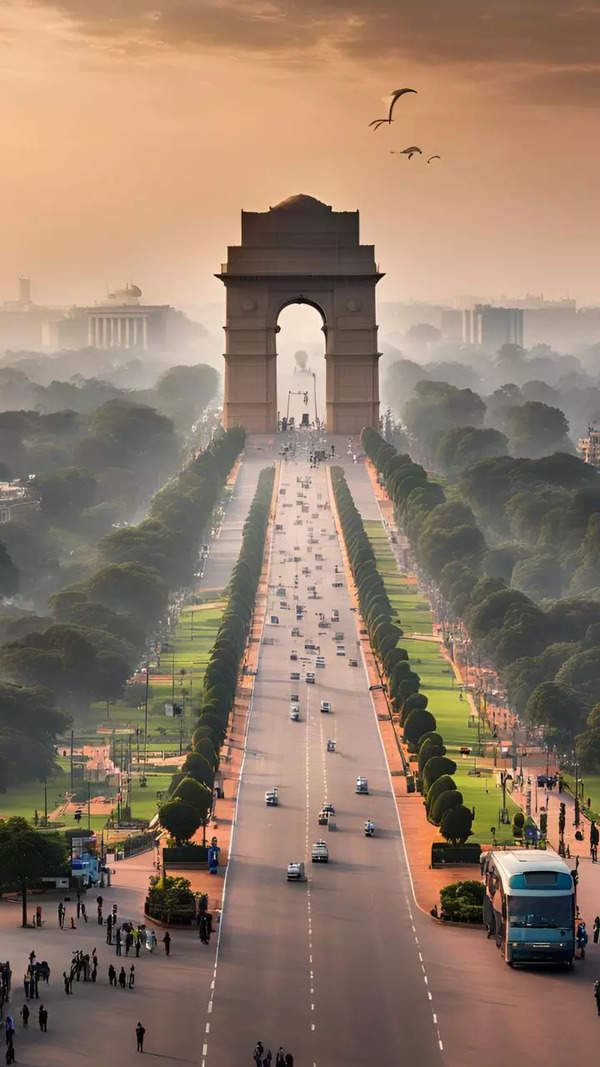- News
- City News
- mumbai News
- India’s ‘water man’ to lead walk for revival of Poisar
Trending
This story is from March 3, 2017
India’s ‘water man’ to lead walk for revival of Poisar


The river has lotuses no more. Its bed is rapidly being concretised despite protests from environmentalists and river conservationists like Stockholm Water Prize winner Rajendra Singh. It may not have any fish either, as its pollution level is over 100 times the safety limit. Today, the Poisar resembles a black, fetid drain perpetually choked with plastic. “We deal with a ‘cocktail’ of chemicals, acids and bathroom waste every day,” says Suraj Joshi, a scrap-picker who ventures into the toxic waters twice a day, for four to five hours each time, to collect about 15 kg of plastic bottles.
The natural course of the river has been diverted and constricted by highrises and slums, the dwellers of which generously empty their dustbins and drain their sewage into the river. “Such abuse of the river happens in cities because, unlike rural areas, there is no connect between the river and the people; because our daily water needs are met by tap water supplied from other sources,” says Avinash Kubal, deputy director of Maharashtra Nature Park Society and a coordinator of ‘River March’, a citizens movement to create awareness for revival and restoration of the four rivers in Mumbai to their natural state.
“As pollution in the water increases, the fish and amphibians, which play a major role in controlling insect population, start dying,” says Kubal.
After a successful awareness and clean-up campaign for the Dahisar river last year, the movement has now turned the spotlight on the Poisar, which originates in the Sanjay Gandhi National Park and meanders through Kandivli before it meets the Marve creek.
The citizen group has organised a 4-km walk along the Poisar on Sunday, when simultaneous marches will be held along the other three city rivers too. Led by “water man” Rajendra Singh, the Poisar walk is expected to draw 10,000 people.
Borivli resident and marketing professional Tejas Shah (44) has taken a week’s leave to campaign for the cause. On his scooter, he zips across the maze of bylanes in Hanuman Nagar and other settlements on the banks of the Poisar to persuade school principals, teachers and residents to participate. About 1,500 students from seven schools are expected to join the walk. Each of them will write a postcard to the CM, describing the river of their dreams.
Kandivli village resident Russell Daniels (57), who is intent on participating in the march, reminisces the days of his childhood when he could see turtles in the clear waters. “We used to swim and even sail in the river on our improvised banana plant raft in the mid-1970s. As the river would swell up in the monsoons, we would stand on the bridge in ankle-deep water and catch fish with our bare hands,” says Daniels. Today, his children laugh at his claims. He fishes out a photograph of the river taken in 1972 to prove that the past was indeed beautiful.
End of Article
FOLLOW US ON SOCIAL MEDIA







